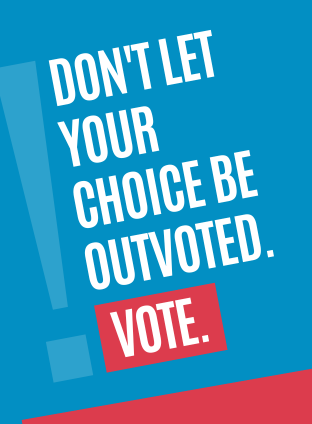The landscape of convenience has shifted dramatically, and it’s not just a minor adjustment—it’s a significant change in how we approach everyday spending. As the cost of living soars and inflation bites, many Americans are turning away from the once-beloved millennial lifestyle subsidy and returning to traditional, cost-saving methods. This blog post delves into why people like Sarah Manley and Grant Plotkin are reconsidering their use of apps and services, and how you might do the same.
The Millennial Lifestyle Subsidy: A Brief Overview
In the early 2000s and 2010s, apps like Uber, Airbnb, and Instacart revolutionised convenience. They offered affordable alternatives to traditional services. This millennial lifestyle subsidy was characterised by:
- Lower costs for things like rideshares and meal kits
- Increased accessibility to premium services, such as fitness classes and high-quality food delivery
- Venture capital-backed pricing strategies aimed at market capture
For a generation facing economic hardships and limited financial growth, these services were a lifeline, providing a semblance of luxury on a tight budget.
The Shock of Rising Costs
Sarah Manley, a 31-year-old artist from Baltimore, was one of many shocked by the spike in Airbnb prices. After the pandemic, she found herself facing a 36% increase in the average daily rate for short-term rentals. The convenience she once enjoyed now came with a hefty price tag. Similarly, the costs of ride-hailing services like Uber and Lyft skyrocketed by 45% from 2019 to 2022, making everyday expenses unaffordable for many.
To save money, Manley has turned back to more traditional methods:
- Staying in hotels instead of Airbnb
- Utilising public transit more frequently
- Parking at the airport instead of paying for expensive rideshares
She has recalibrated her lifestyle to cope with the new economic realities, finding that these traditional options are more budget-friendly.
The Gen Z Perspective: Adapting to New Realities
Grant Plotkin, a 26-year-old Gen Z-er, had his own revelations. Previously, he was a fan of Airbnb, meal kits, and co-working spaces. Now, the rising costs have pushed him to:
- Take the ferry instead of using rideshares
- Use his building’s amenities for work
- Compare prices for every service
Plotkin estimates that sticking with pre-pandemic habits would double his expenses. He now sees ride-hailing services and meal kits as more expensive luxuries than essential tools.
Why The Millennial Lifestyle Subsidy Is Fading
Several factors are contributing to the decline of the millennial lifestyle subsidy:
- Inflation has made everything more expensive, from food delivery to fitness memberships. For instance, Peloton raised its membership fee, and Instacart service fees surged by 61%.
- Higher interest rates have made it harder for companies to subsidise costs. Investment in these services has slowed down, leading to price increases.
- Consumer behaviour is shifting. With tight budgets, people are revisiting traditional methods of saving.
These factors have led to a reassessment of the value offered by once-subsidised services.
The Impact of Dynamic Pricing and Subscriptions
One of the lasting legacies of the millennial lifestyle subsidy era is the advent of dynamic pricing. This concept—where prices fluctuate based on demand, weather, or user data—has become more prevalent. Services like Uber use surge pricing during peak times, and this model is now being adopted by various sectors.
Dynamic pricing and drip pricing (where fees are revealed gradually) can create a sense of chaos for consumers. It’s crucial for individuals to budget effectively in a market where prices are unpredictable.
Finding New Savings Opportunities
Despite rising costs, there are still ways to save money:
- Credit card rewards: Some cards offer benefits like cash back and discounts on certain purchases.
- Discount brands: Stores like Dollar General and Aldi provide affordable alternatives to traditional retail.
- Comparing prices: Always check multiple platforms before making a purchase or booking a service.
These strategies can help stretch your dollar further in today’s economy.
Conclusion: Embracing a Balanced Approach
The era of the millennial lifestyle subsidy may be fading, but it’s not the end of the world. By revisiting traditional cost-saving methods and adapting to new economic realities, you can navigate rising prices more effectively. Whether it’s opting for hotel stays over short-term rentals or using credit card rewards to your advantage, being proactive and savvy with your spending is key.
As we move forward, it’s crucial to stay informed and flexible. Embrace the changes, and remember that a balanced approach to spending can lead to significant savings.
Learn more


